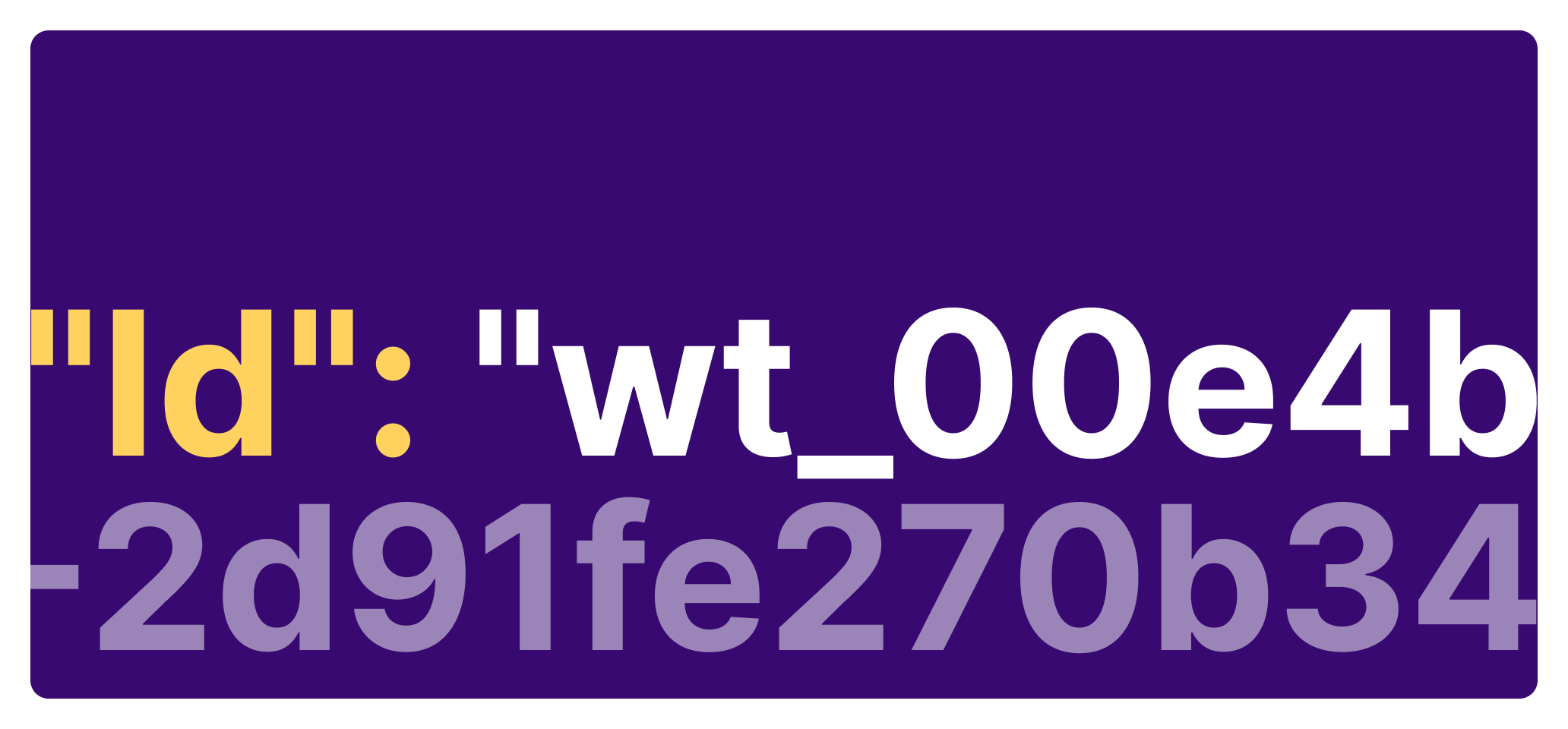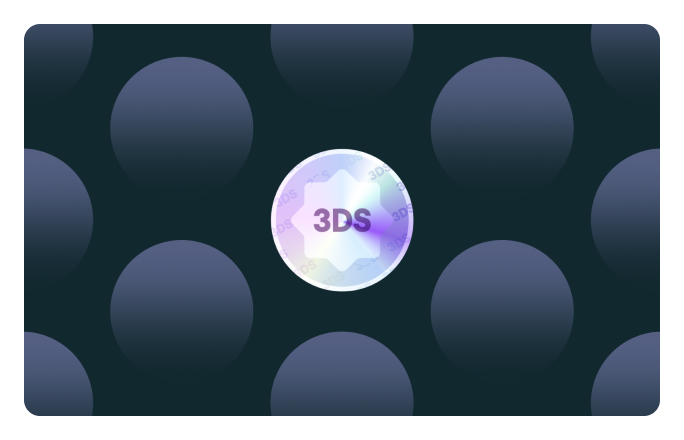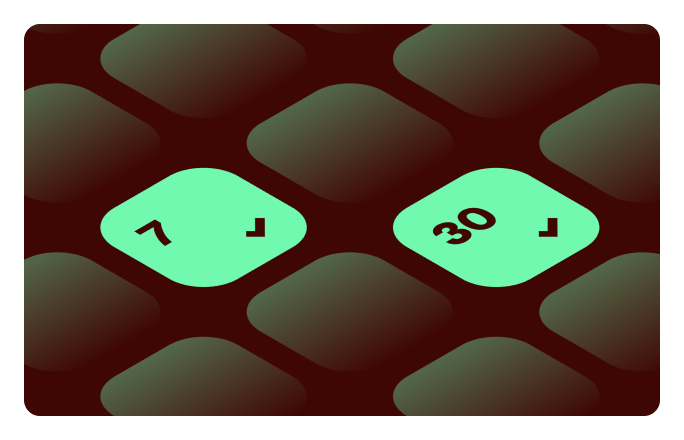Optimizing your integration: Key reminders
As we expand our partnership network and optimize our underlying architecture, it is important to ensure you are integrated into the Mangopay API correctly to continue to benefit from the improvements and optimization we make, with no integration effort from your side.


In this post, we highlight how you can make sure that you’re not hardcoding fields and that your integration has been set up according to our documentation.
Object IDs are Strings
In our documentation, IDs of objects are Strings and should be handled as such. Some engineers may have looked deeper at our object IDs over the years and noticed they contain numbers or, in some cases, UUIDs. There might be a desire to assume they can be treated as such in code such as converting to a Number or UUID. However, as Mangopay optimizes our underlying architecture, we require the freedom to change the internal format of these IDs. These changes allow us to use more advanced routing, sharding, and partitioning strategies while minimizing data lookup operations.
Payment Form URLs
If your platform is using card payments, you are familiar with getting a URL from Mangopay to present to your users to collect card details or a URL to POST card details to. As we expand our partnership network, this URL will need to vary. It is important to ensure that your engineers are presenting the URL exactly as it comes from the API. Especially if you are using the Card Registration API, The CardRegistrationURL is dynamic and must not be hard coded. Everything from the host, path, and query parameters must be preserved as they are presented to you.
Bank Account Details for Bankwires
As we optimize our banking network, we will be making changes to bank account details for some of the currencies we support. These changes will begin to be rolled out in September 2024. If your platform is using bankwire pay-ins, and you dynamically retrieving bank account details such as IBAN, BIC, and Account Number, there is no action required from you. If you have hardcoded these fields, this may lead to issues as these bank account details will change.
Why dynamic retrieval matters:
- Accuracy: Ensures the most current and correct account information is used
- Reliability: Minimizes the risk of payment failures due to outdated or incorrect information
- Compliance: Keeps your integration aligned with regulatory requirements and banking standards
When creating a direct bank wire pay-in, you should receive a response from our API that includes the necessary bank account details. Here is an example of what the response might look like:

Please also keep in mind that there are cases when we add new fields as new payment data becomes available (for example new data on bankwire payins).
As a general guidance, our API structure can change and new objects can be added. If you’ve integrated correctly these changes should not impact your existing integration.
For the latest information, please visit our docs.


